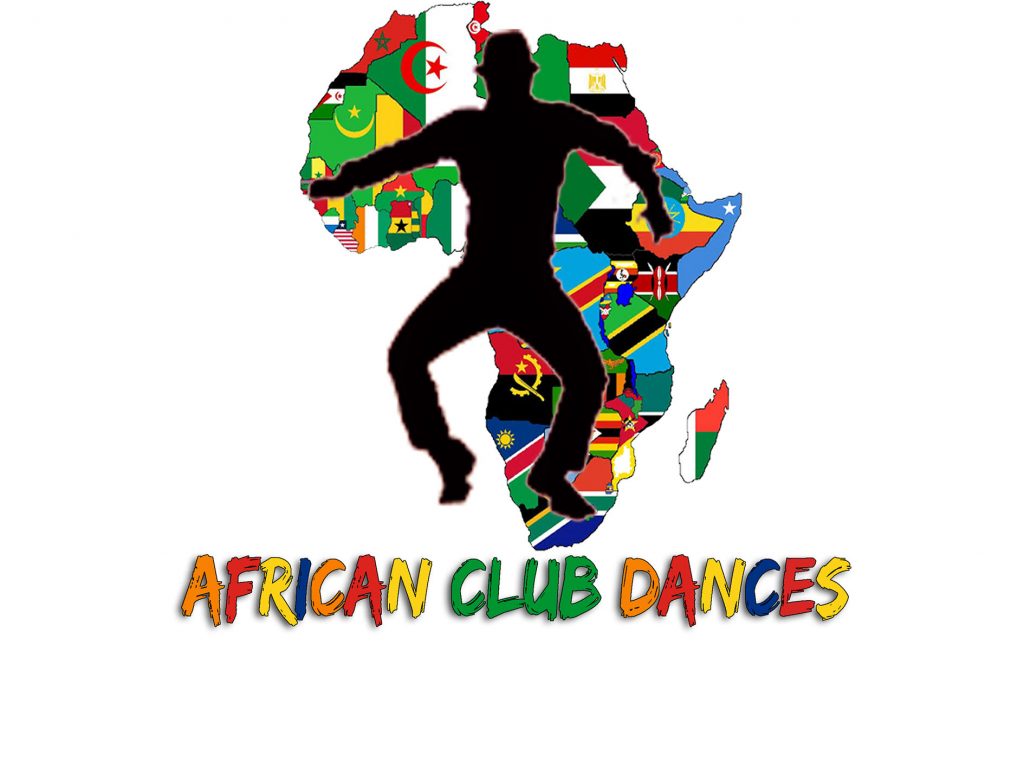Kizomba History
Kizomba is a genre of dance and music that originated in Angola in the late 1980s, evolving from traditional Semba music and influenced by Zouk music from the French Caribbean. The term “Kizomba” comes from the Kimbundu language, meaning “party” or “celebration”. It embodies a slow, sensuous rhythm that is marked by a smooth and grounded movement, reflecting the fusion of African rhythm with Caribbean melody. Unlike the upbeat tempo of Semba, Kizomba music is characterized by a slower, romantic pace, making it especially popular for couples dancing.
Fun Fact: Kizomba dancing is known for its intimacy, often described as a “African tango” because of the close connection between partners and the subtle, slow movements that emphasize feeling and connection over flashy patterns.
The international spread of Kizomba began in the early 1990s and was facilitated by the Angolan diaspora in Portugal and France, among other European countries. As it gained popularity, Kizomba started to incorporate elements from other genres such as R&B, Hip Hop, and Electronic music, giving rise to a sub-genre known as Ghetto Zouk or Tarraxinha, which features even slower tempos and more pronounced hip movements. This evolution has not only broadened Kizomba’s appeal but has also sparked debates about authenticity and innovation within the genre.

Today, Kizomba is celebrated worldwide, with festivals, workshops, and dance schools promoting its practice far beyond its Angolan origins. The dance has fostered a global community of enthusiasts who appreciate not just the movements but the cultural heritage and expression it represents. Kizomba’s ability to evolve while maintaining its core emotional and cultural essence speaks to its enduring appeal. As it continues to spread and influence other dance forms, Kizomba remains a poignant reminder of the power of dance to transcend boundaries and connect hearts.
Trivia: Interestingly, despite its slower tempo, Kizomba requires a high level of skill and precision in footwork and body control, making it a dance that looks deceptively simple but is challenging to master. This aspect of Kizomba highlights the dance’s depth and the dedication of those who practice it.
